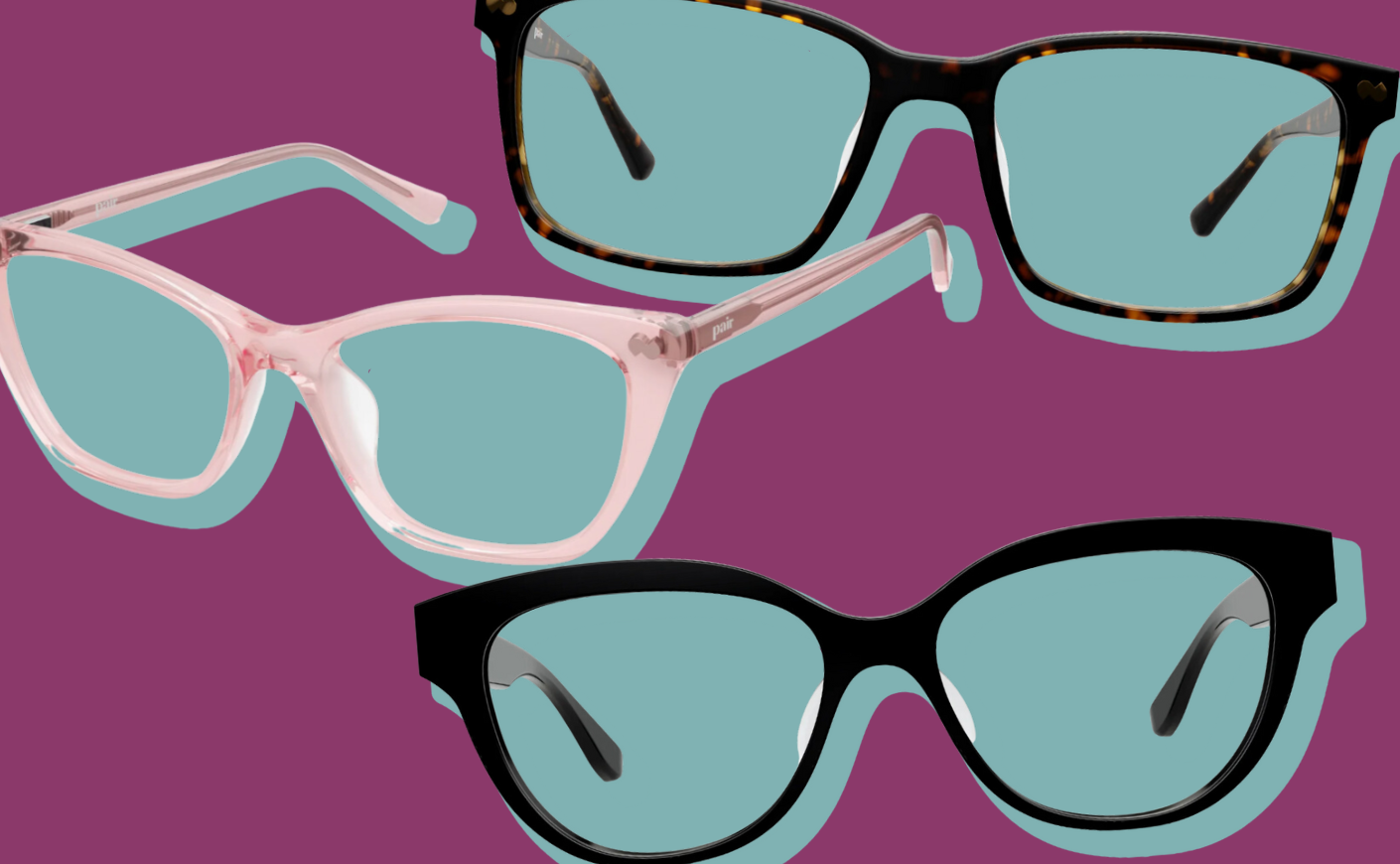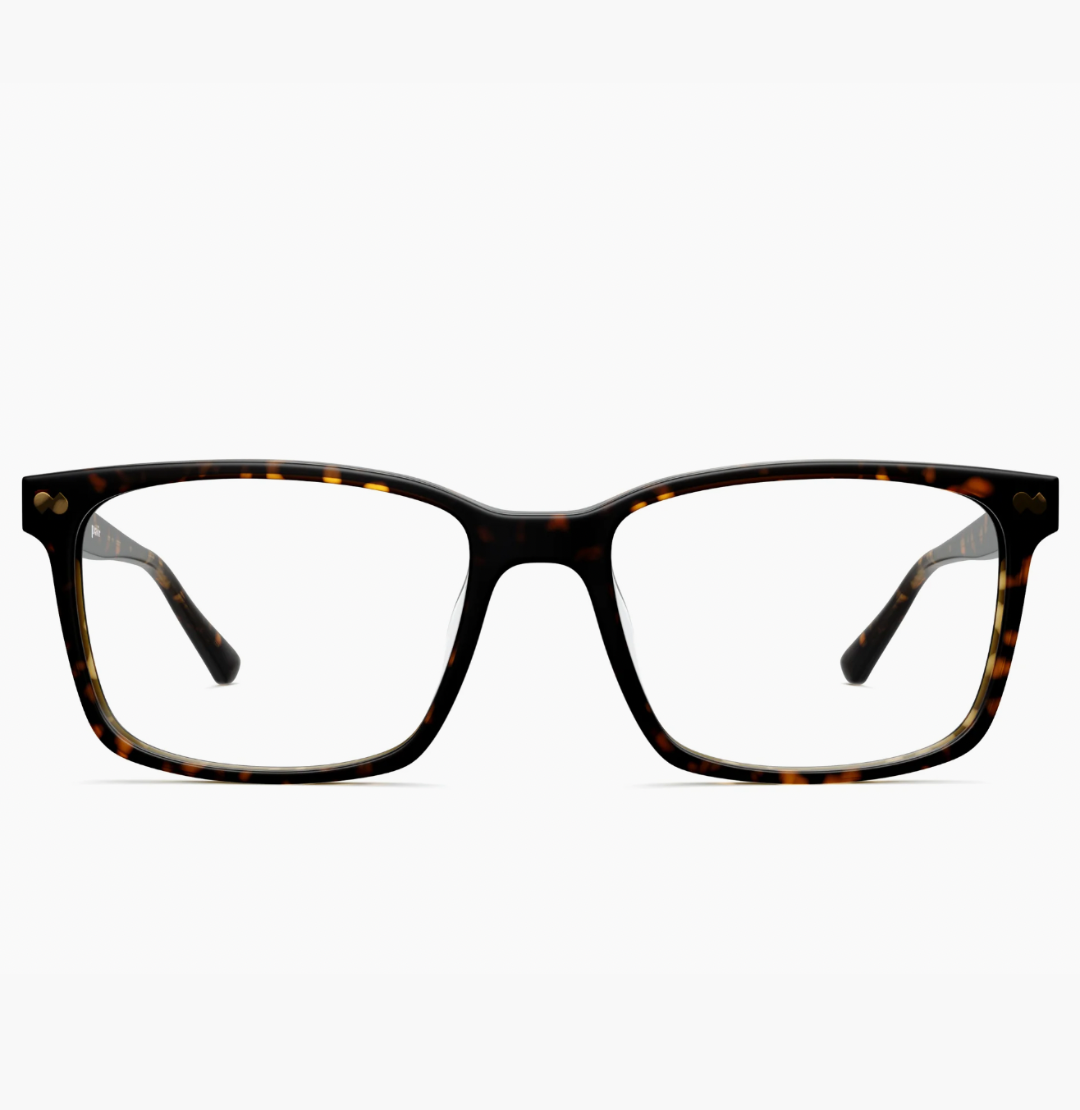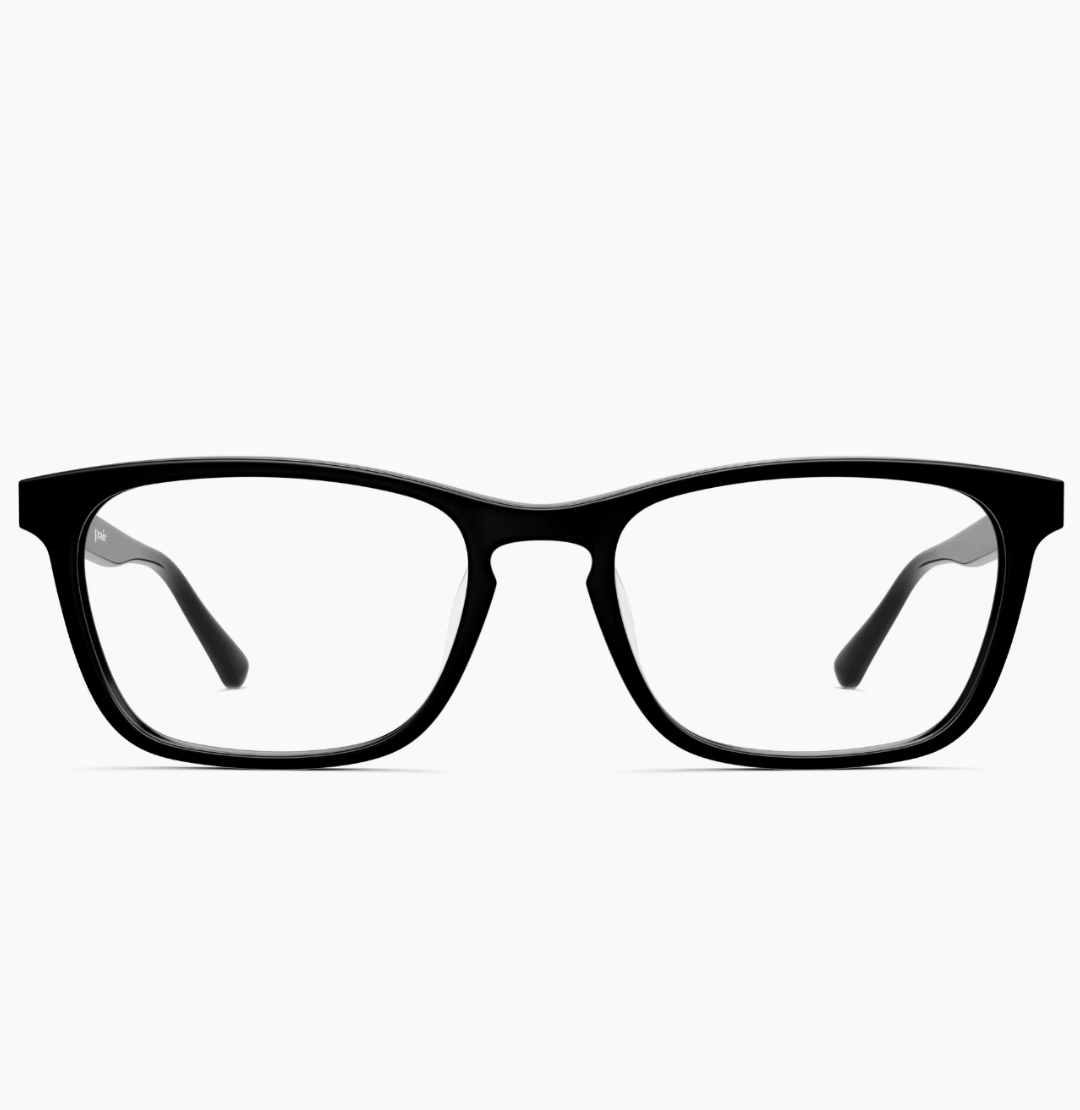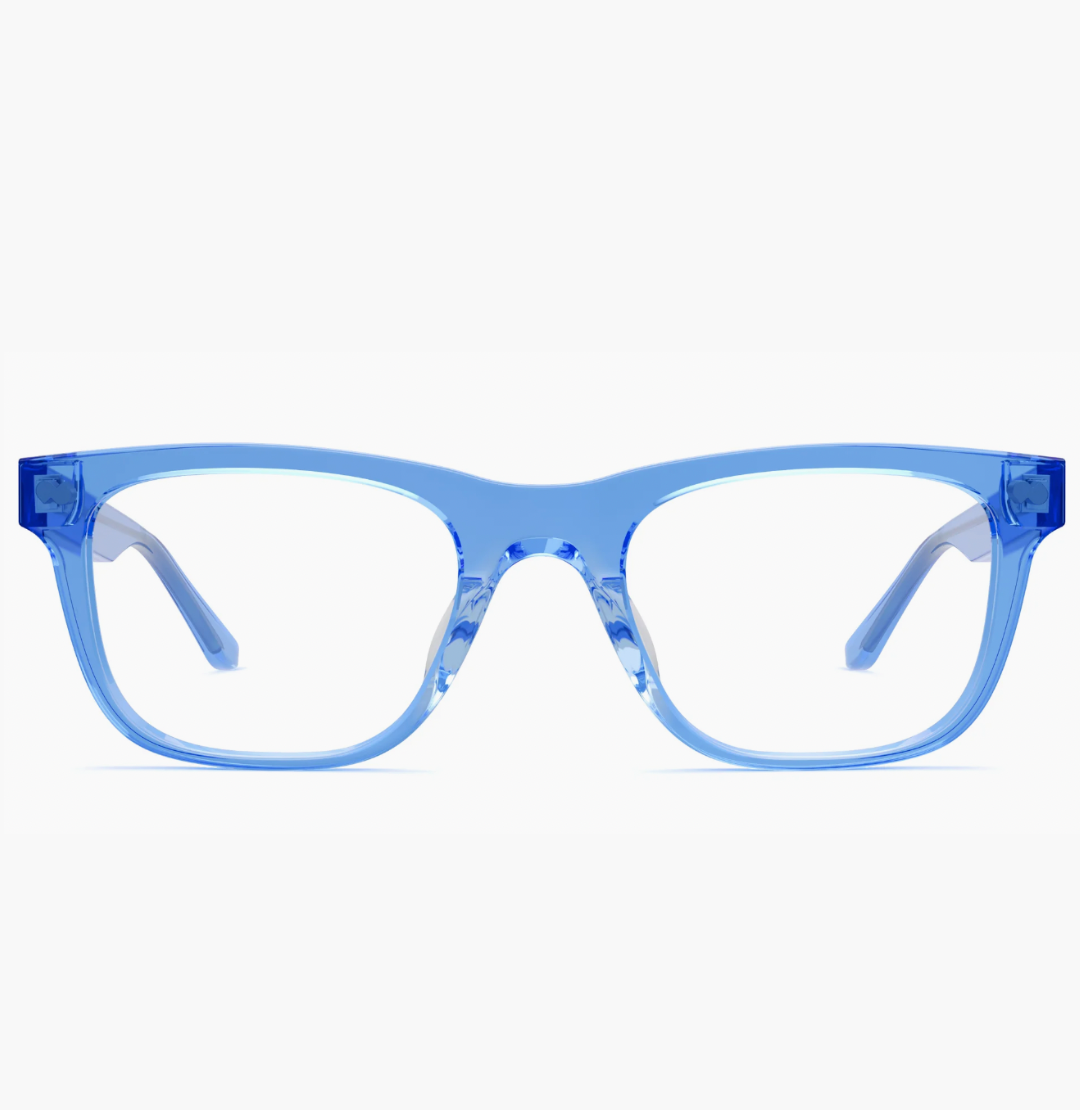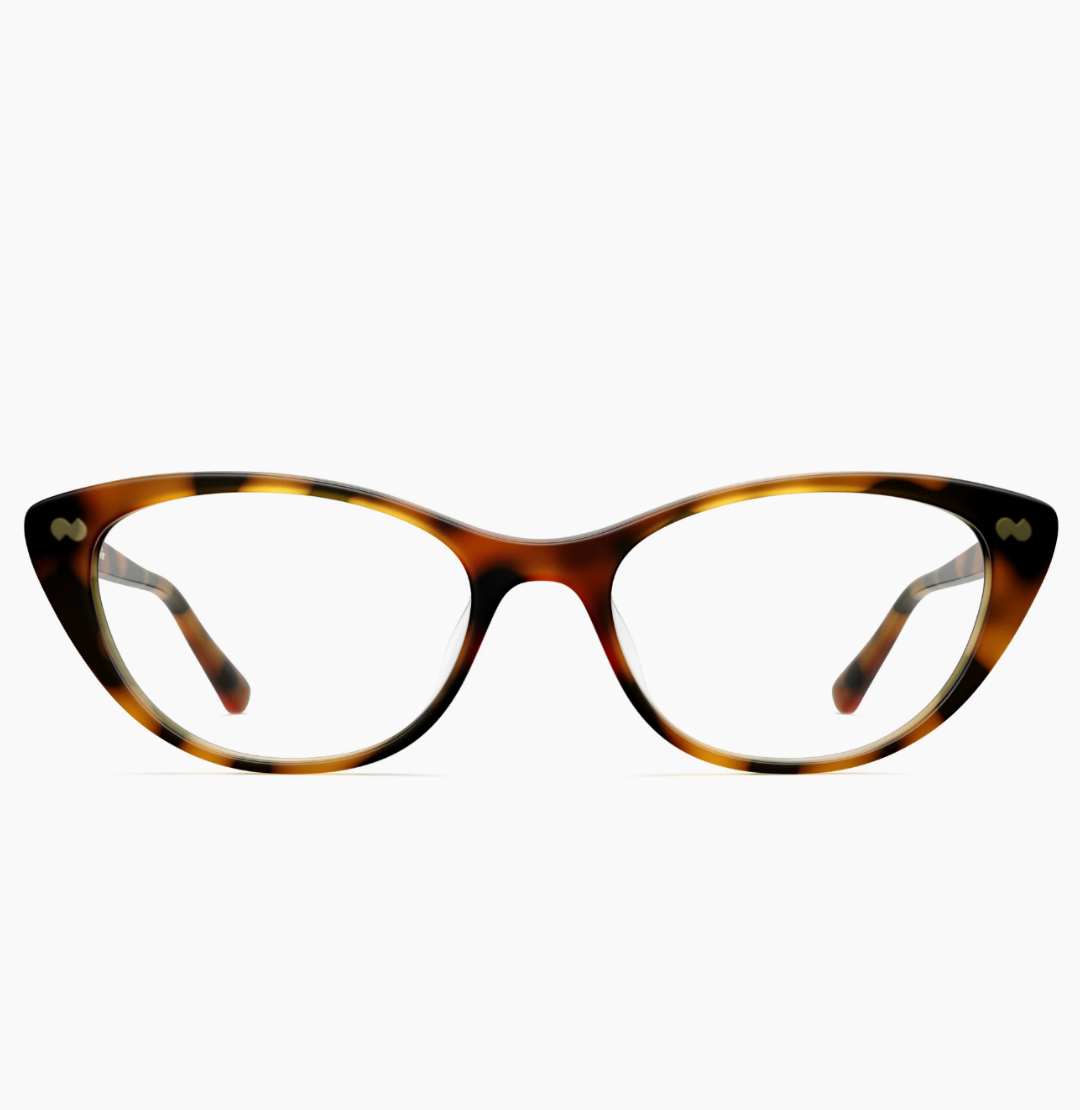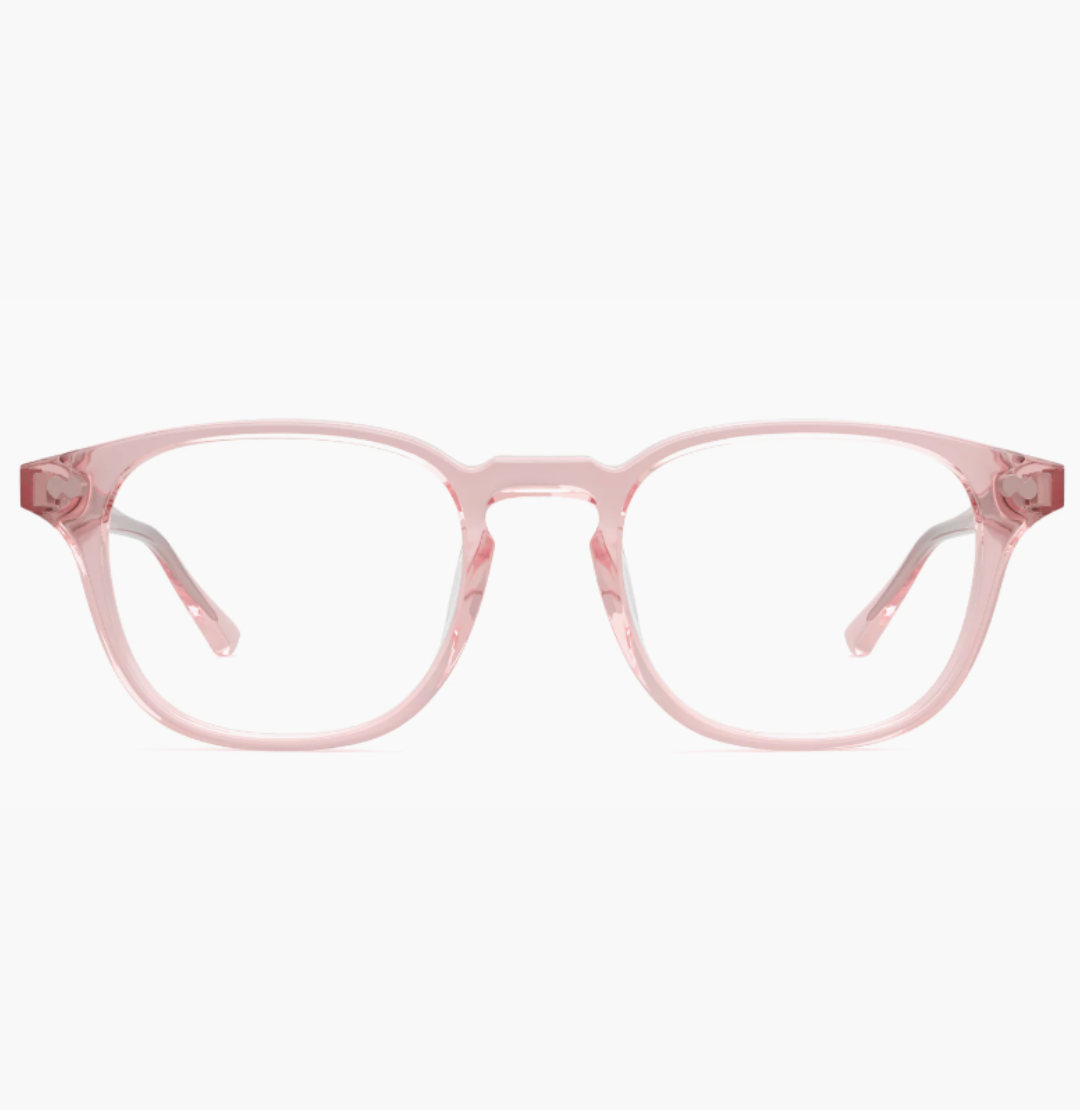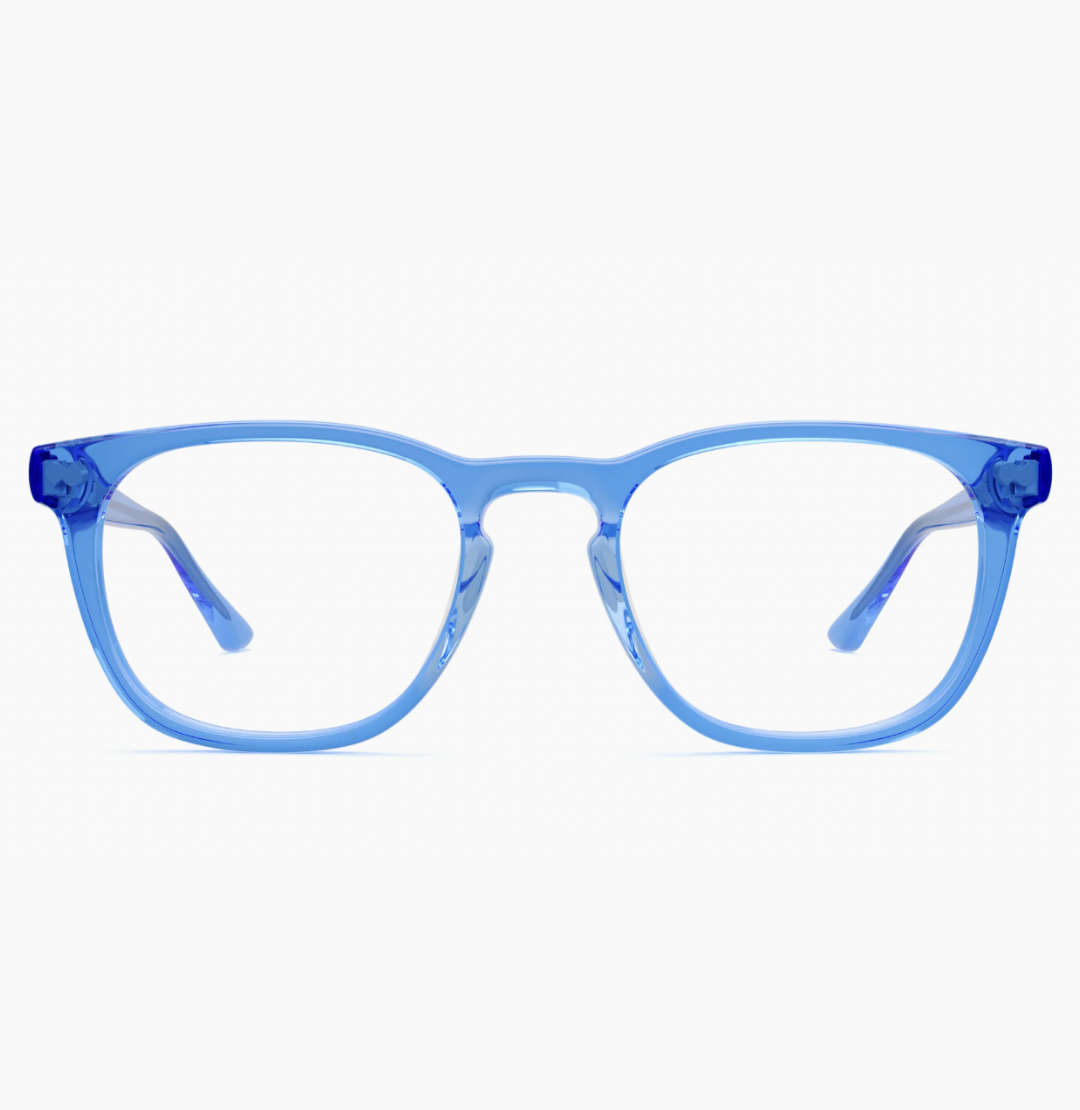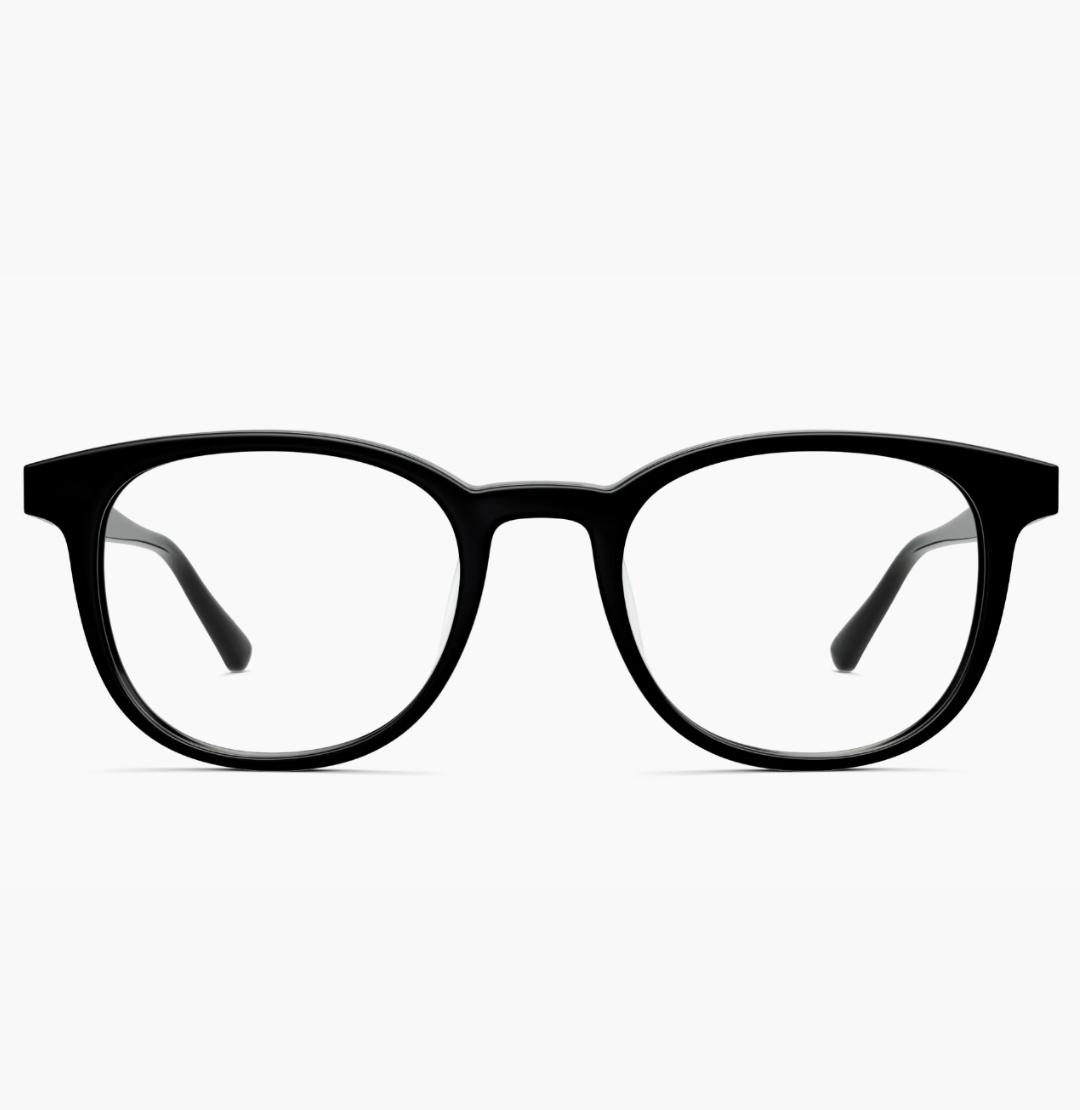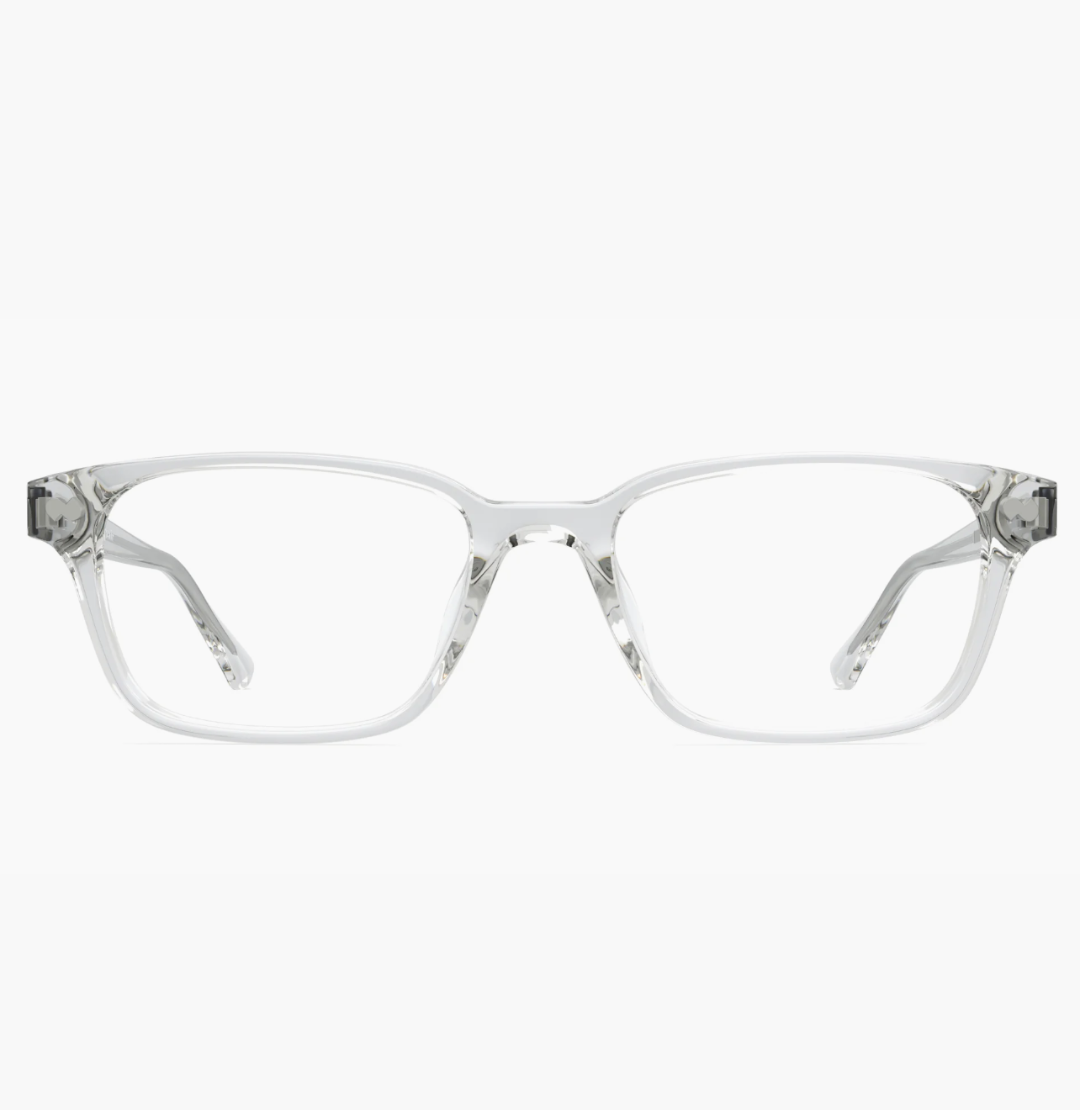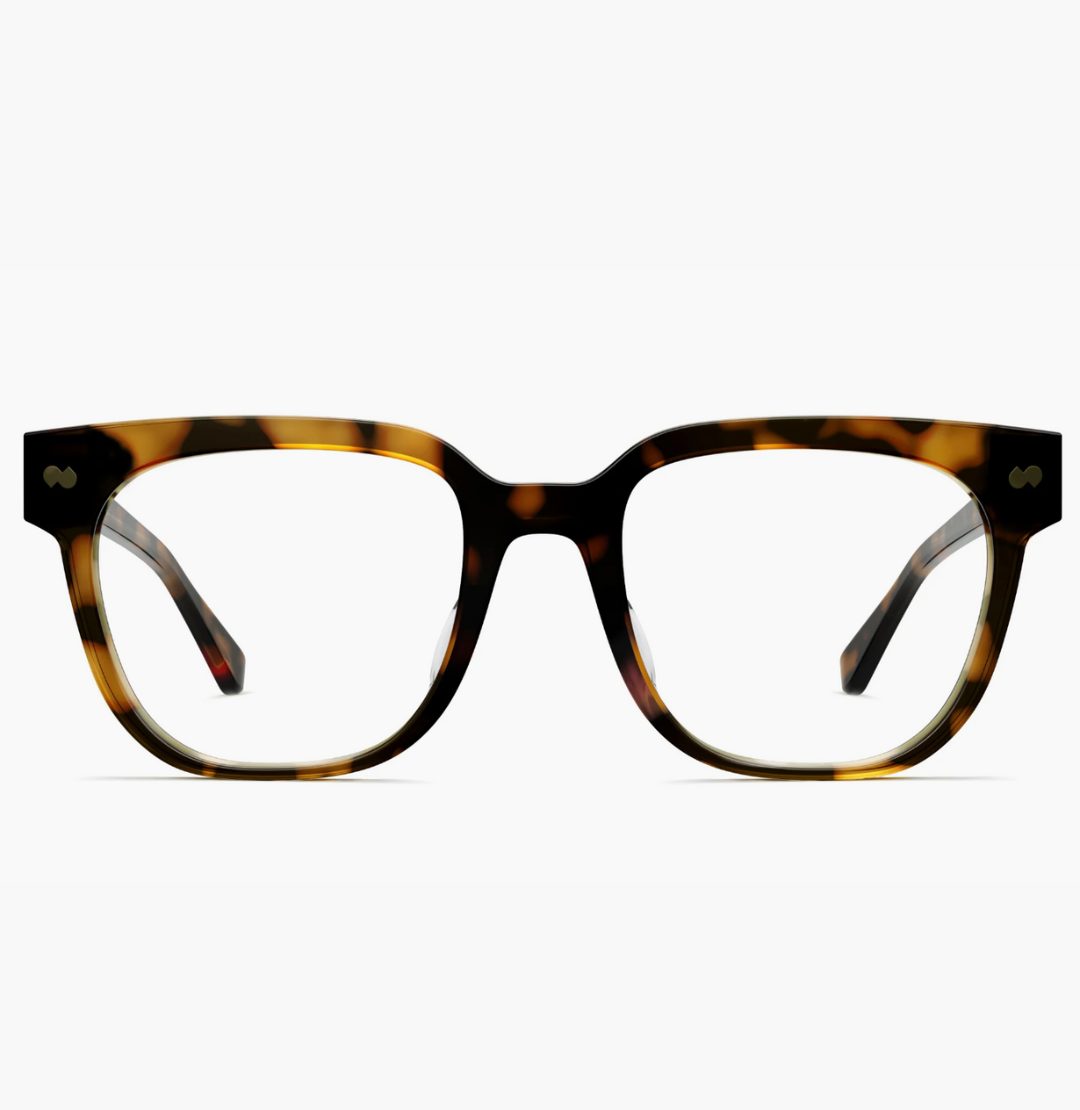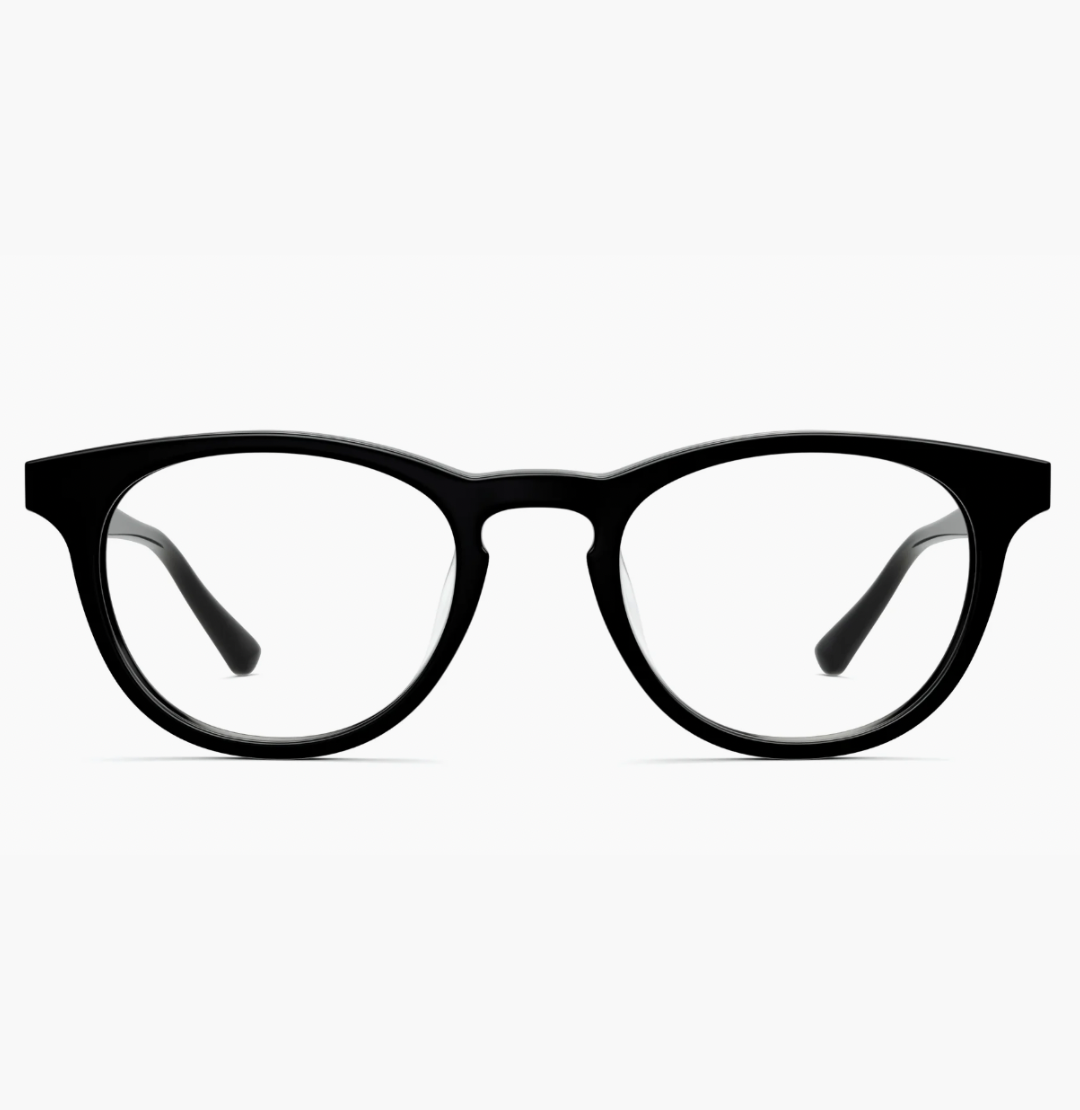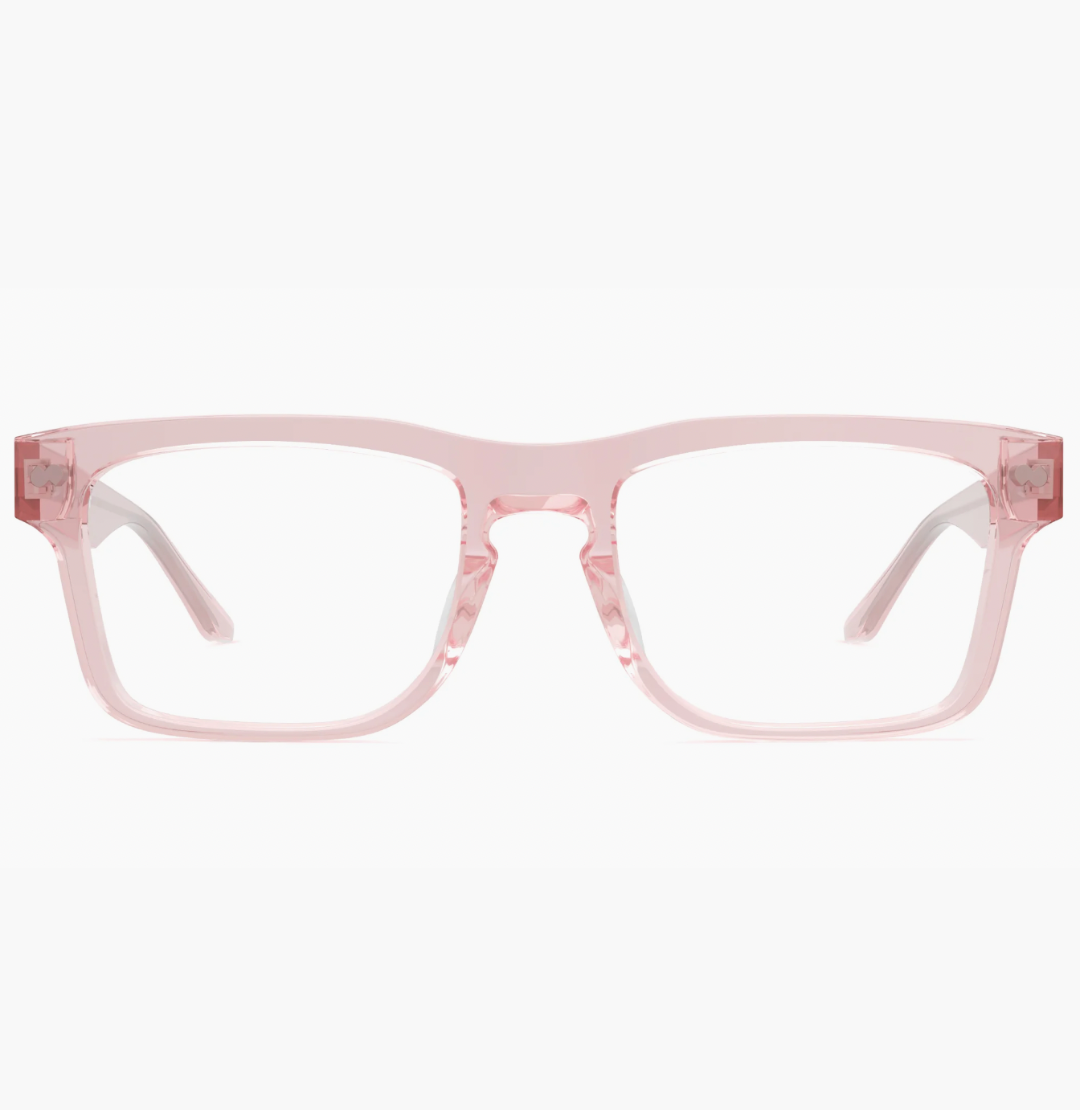If you’ve ever tried to pick out glasses alone, you know the stress of trying on about 15 pairs, attempting to capture accurate selfies, frantically begging every contact in your phone for quick opinions, and then disagreeing with their advice. The experience of trying on any sort of apparel is stressful, but nothing plants self-doubt quite like glasses shopping. We’re not used to having to think about what does or does not “suit” our faces on a daily basis, and glasses are an investment that you’re potentially wearing every day — making buyer’s remorse a much more daunting prospect.
While you should ultimately choose your glasses based on what you like and what feels good to you, there are some factors that might help guide and narrow down your search. They have to do with face shape — whether your jaw is rounded or angular, how full your cheeks are, how long your face is, and so on. Once you’ve figured out that shape, it’s a lot easier to pick out glasses that both reflect your personality and complement your features. Keep in mind, no facial feature is better than another — thankfully there are options out there to fit any face.
For a rundown of the main face shapes and how to choose the best glasses for each, we spoke to Emily Gerhardstein, vice president of merchandising and product development at Pair Eyewear, which makes glasses with interchangeable top frames you can switch out to coordinate with your mood and outfit.
When we say glasses “look good” on a certain face shape, what do we mean?
It all comes down to geometry and lines, Gerhardstein tells us, though skin tone and frame color are also factors. “You’re usually looking for something that complements your facial features, and either balances or highlights your prominent characteristics,” Gerhardstein says.
For example, someone with a square face might want round glasses that create contrast with and balance out their angularity. That doesn’t mean that people with square face shapes shouldn’t wear rectangular or square frames, however. “Square or rectangular frames would accentuate those features,” Gerhardstein says. “So it’s really down to personal preference.”
What is my face shape?
Oval face shape
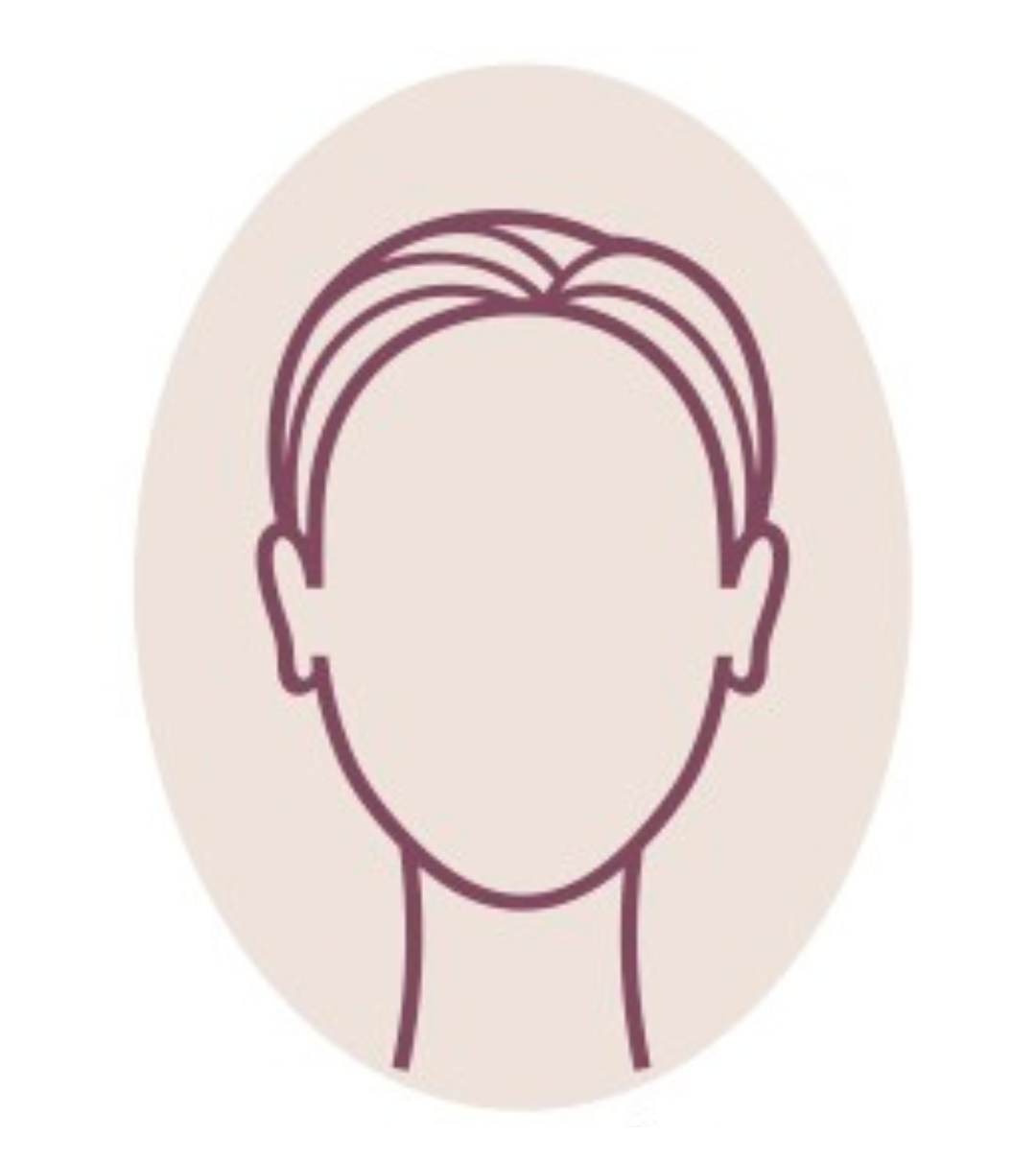
Those with oval faces have very balanced proportions. Their chins are slightly narrower than their foreheads and they have high cheekbones.
“While nearly any style of glasses works for people with oval faces due to their balanced proportions, I recommend geometric and round shapes first, followed by square and rectangle frames,” Gerhardstein says, “A combination of soft curves and angles looks great, but most shapes will work for this face type.”
Round face shape
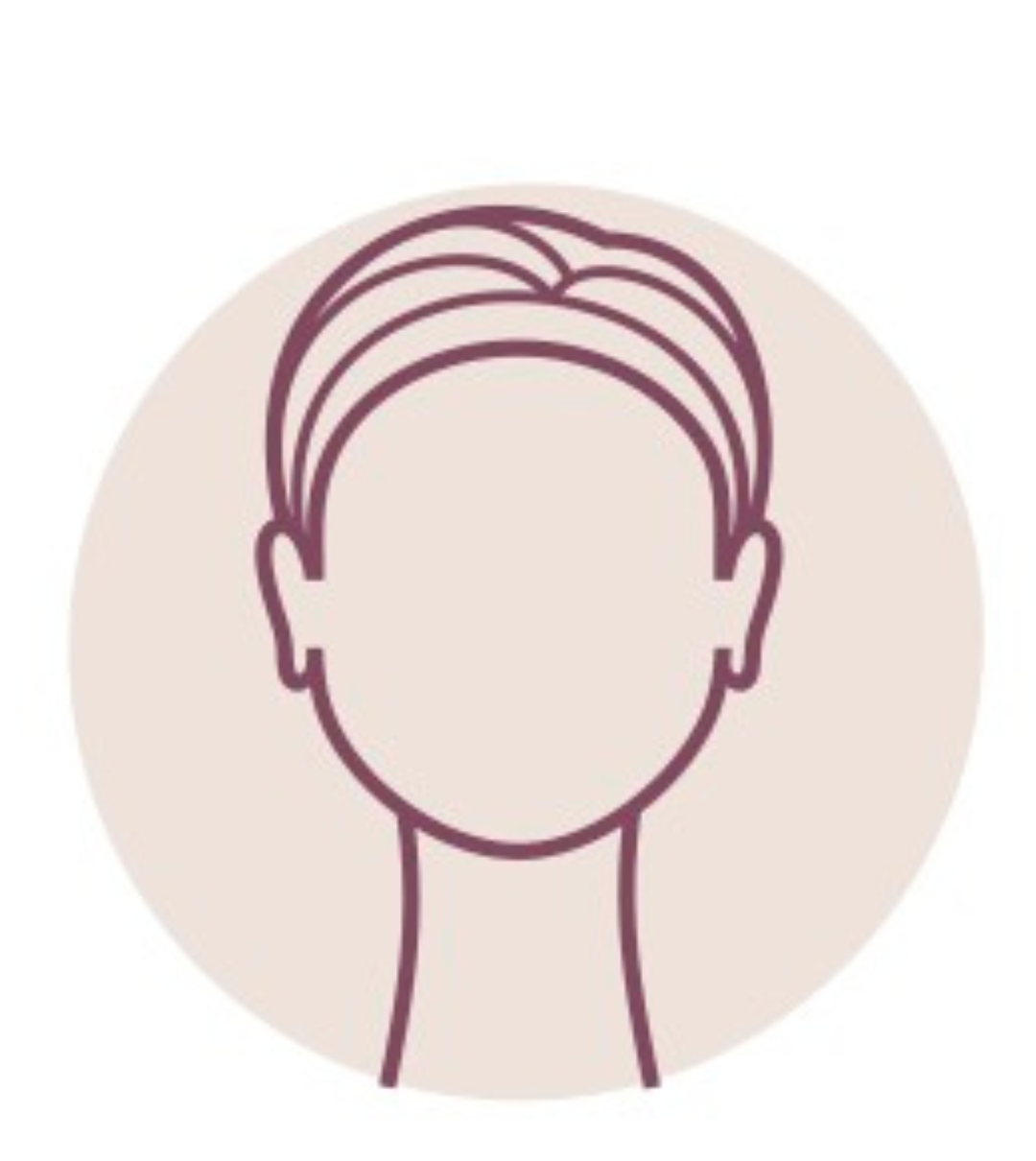
People with round faces have full cheeks, gently curved jawlines (as opposed to angular), and their faces are generally about as wide as they are long.
“For those with round faces, I would go with angular and geometrical shapes that help define softer features,” Gerhardstein tells us. “Rectangle and other horizontal styles will elongate round faces, if that’s what you’re going for.”
Best glasses for round faces
Square face shape
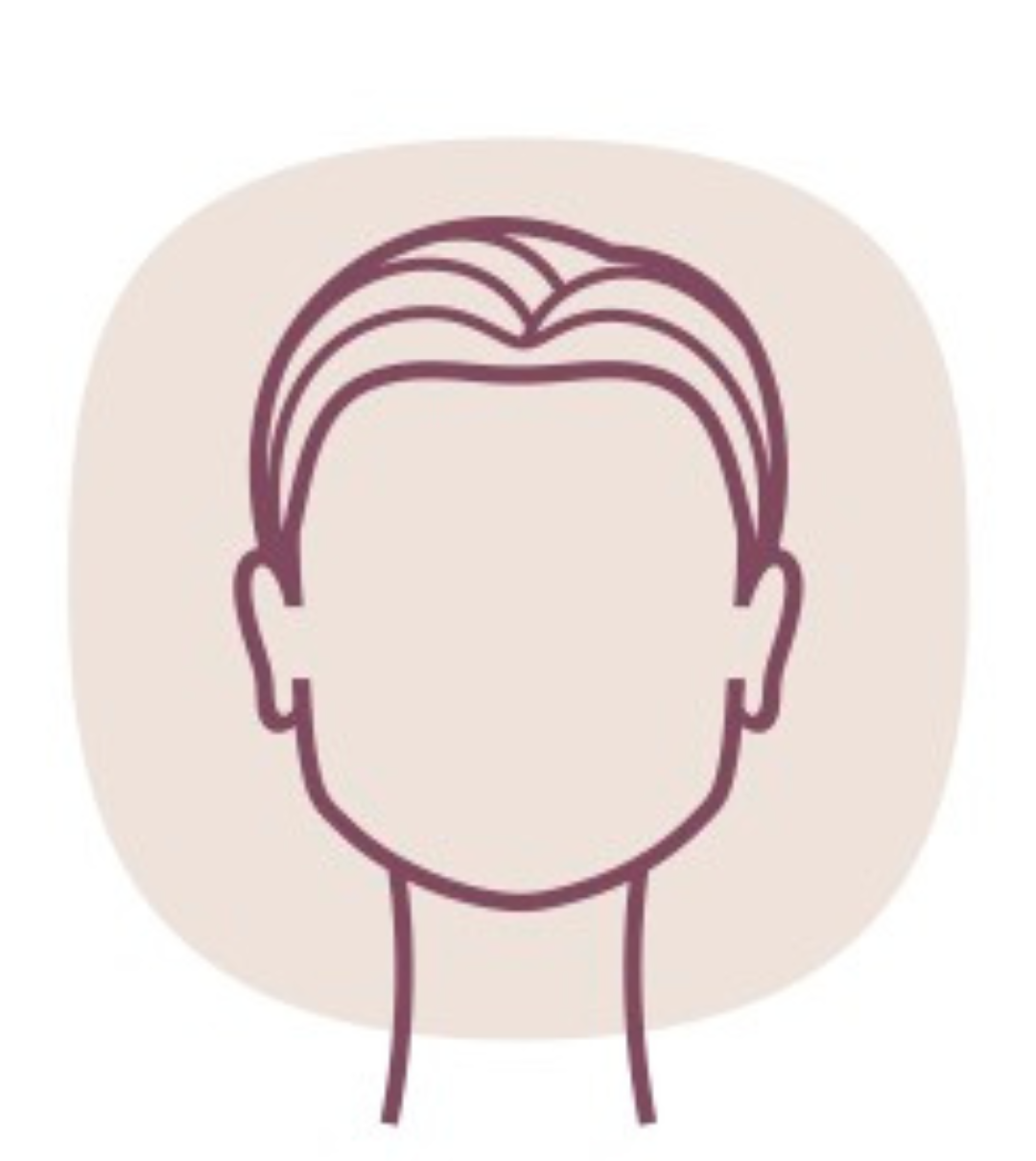
Those with square faces have strong jawlines, broad foreheads, and square chins. Like round faces, square faces are about as wide as they are long.
“To help balance the bold lines of your face, oval and round frames are best,” Gerhardstein says. “That being said, you can also opt for more square or rectangle frames if you want to play up your angularity.”
Best glasses for square faces
Heart face shape
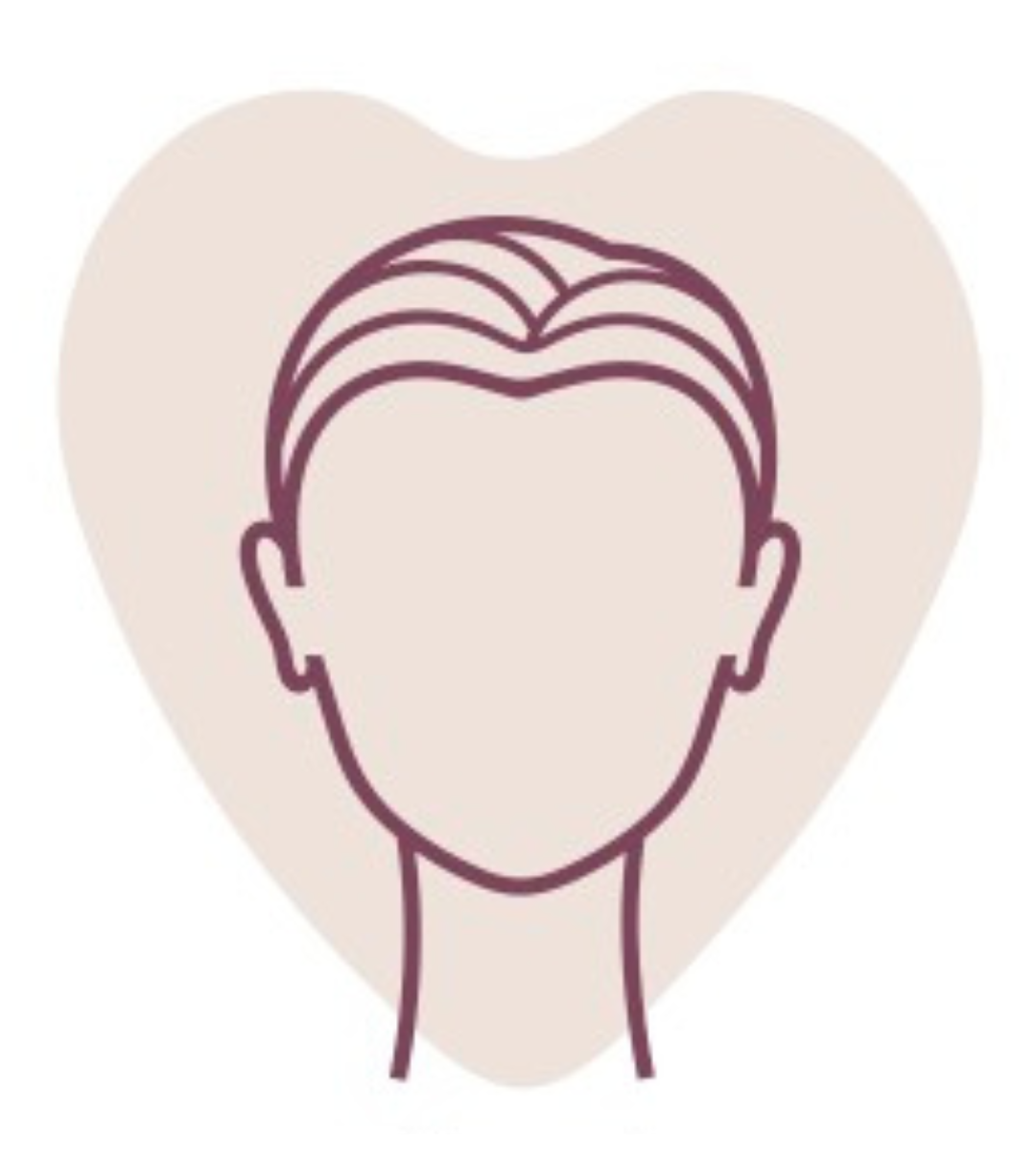
Heart-shaped faces are wide at the forehead and cheekbones, which then taper into a narrow chin.
“An upswept style, like cat-eye or modified cat-eye glasses, will complement your cheekbones instead of hiding them,” Gerhardstein says.
Best glasses for heart faces
Oblong face shape

While oblong faces are longer than they are wide, they’re not to be confused with ovals. Those with oblong faces have angular features, high cheekbones, and tall noses and foreheads.
“I would recommend larger frames — square or round — that will balance the length of your face and won’t look too small for your dramatic features,” Gerhardstein tells us.
Best glasses for oblong faces
Diamond face shape
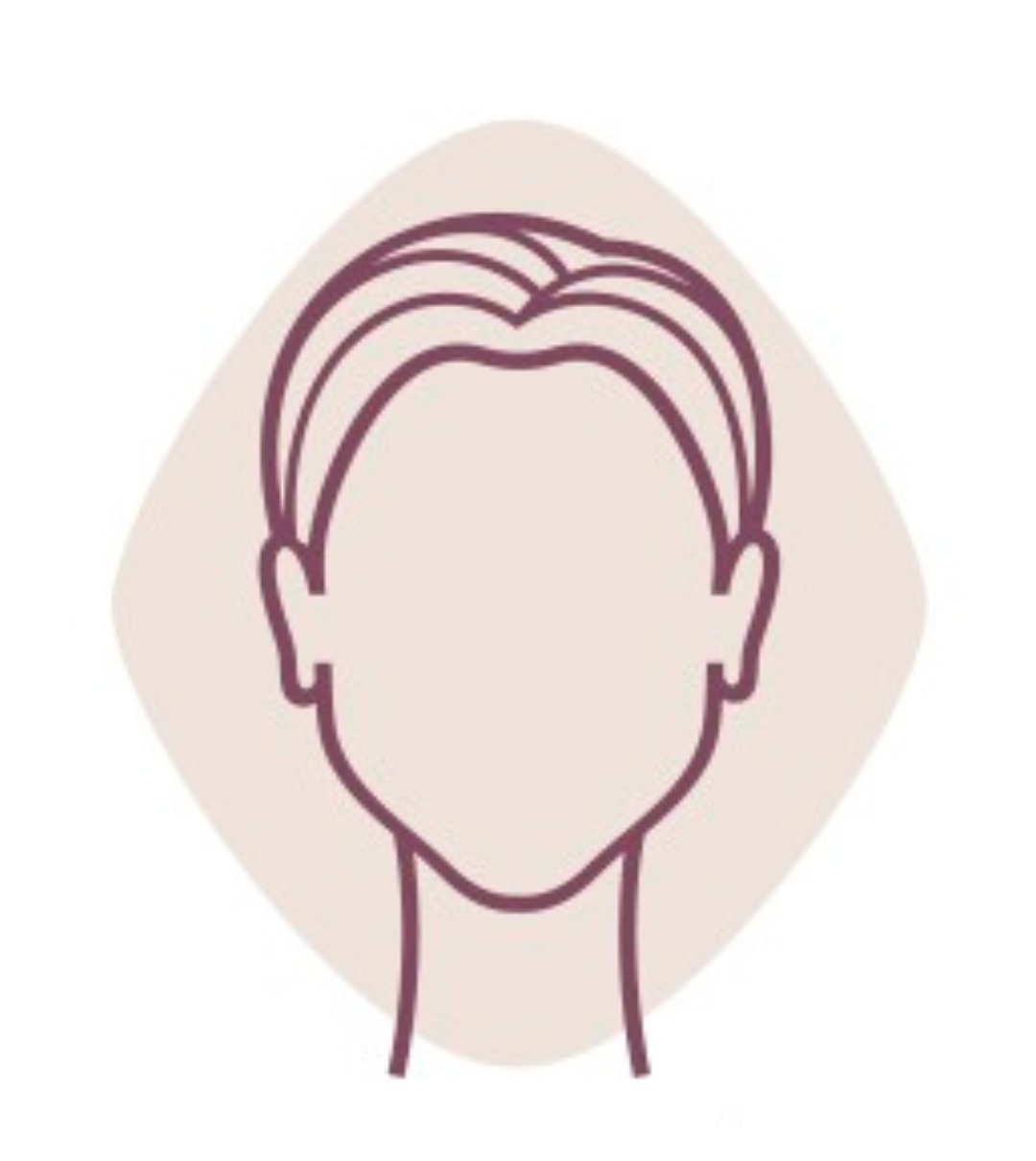
Diamond faces have smaller foreheads and chins that widen out to dramatic cheekbones, which create an overall angular look.
“As with heart shapes, upswept frames, like cat-eyes, will put your cheekbones front and center,” Gerhardstein says.
Best glasses for diamond faces
Triangle face shape
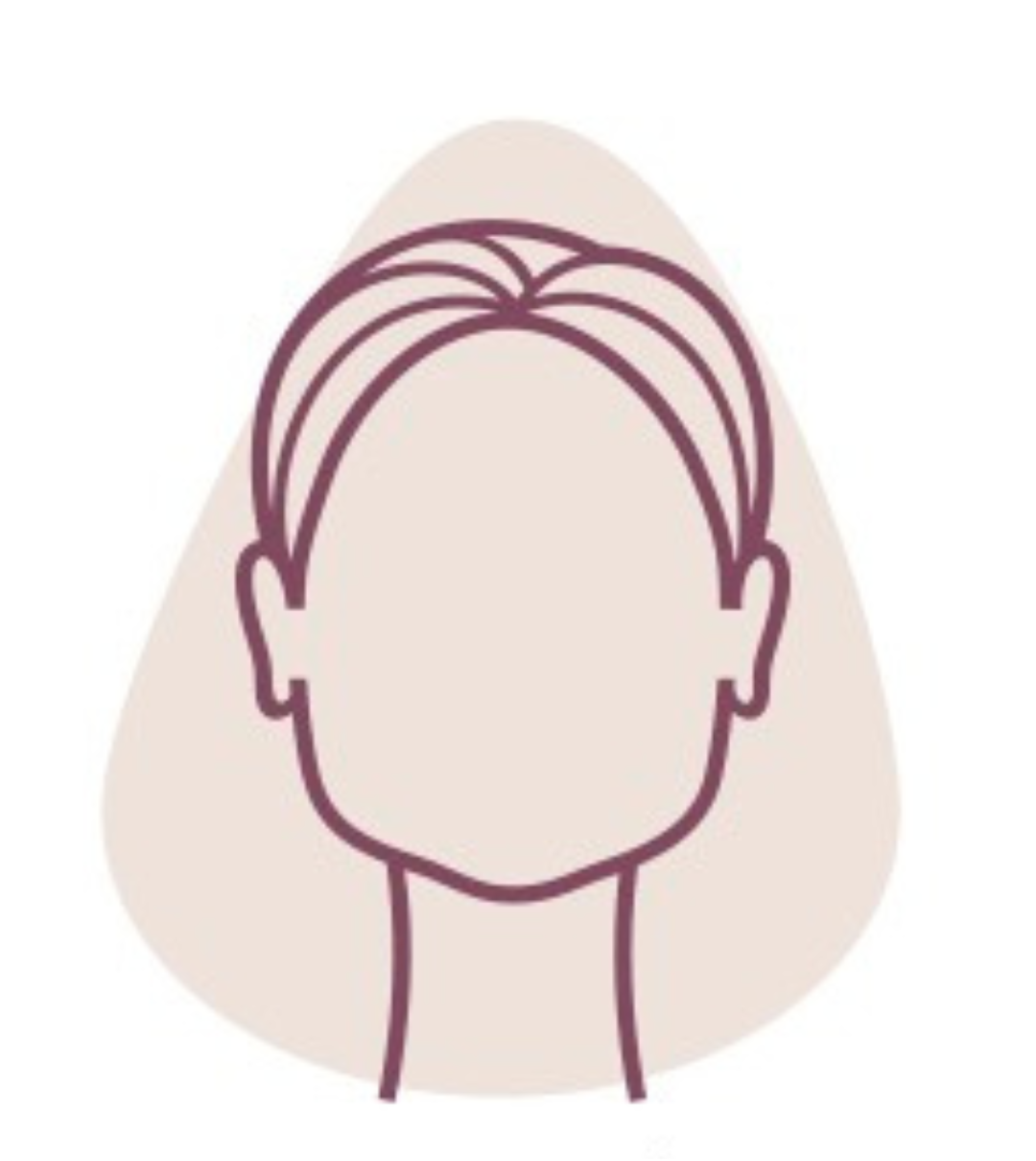
Those with triangle faces have a narrow forehead and eye area that widens at the cheeks and chin.
“To strike a balance with your wider jawline, I would recommend top-heavy brow-line styles — the kind that is thicker across the top,” Gerhardstein tells us.
Best glasses for triangle faces
Are there other factors we should consider when choosing glasses?
If you’re looking to buy glasses online, Gerhardstein suggests looking at the measurements of your current frames: All frames have three numbers on the frames that represent lens width, bridge width, and temple length. Note whether you like or dislike the way your current frames fit, and use that to guide your decision on your next glasses.
If your frames don’t have those numbers or you don’t have a current pair of glasses, you can also measure your face width. “A helpful guide to use is that your frame width should be the same or about a finger’s width wider than your face at the temples,” Gerhardstein says, “but it’s really up to your personal preference. You can choose frames as oversized or true-to-head as you’d like.”
At the end of the day, selecting the frames you’ll be wearing should be entirely up to you. “We want your glasses to fit like a pair of good jeans,” Gerhardstein tells us. “Not too tight, not too loose, comfortable enough to wear all day, and make you look and feel great.”







